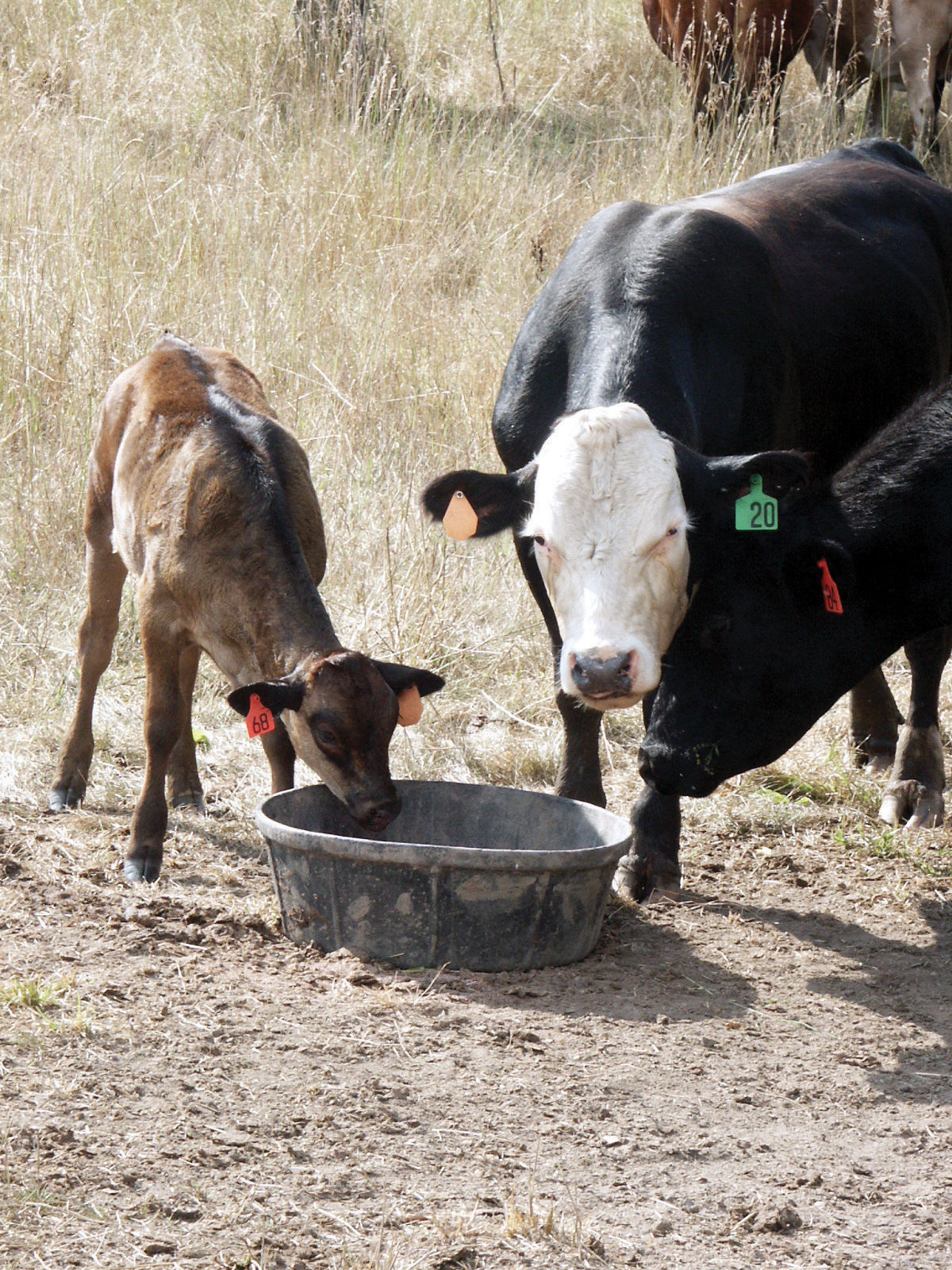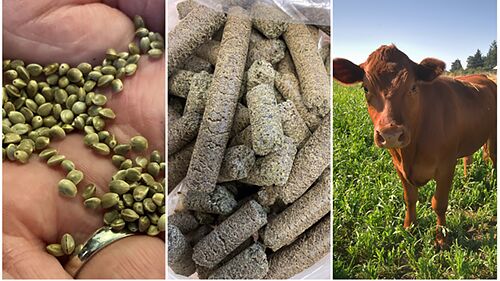After calving, cows experience a steep spike in calcium demand. Milk, including colostrum, is rich in calcium, and cows need to quickly shift their priorities to adjust for this sudden calcium outflow.
Most second- and greater-lactation cows cannot meet this new calcium demand, which may trigger clinical hypocalcemia, commonly known as milk fever, or more commonly subclinical hypocalcemia.
“Luckily, there are a number of bolus products available to help cows maintain calcium levels after calving,” said Dr. Curt Vlietstra, DVM, Boehringer Ingelheim. “But it’s important to pay attention to what type and the amount of calcium we’re giving a cow.” He said these differences can greatly affect that cow’s comfort and performance.
Look closely at the ingredient list
“Calcium chloride is going to be the one that’s quickly available,” explained Vlietstra. “It’s absorbed right out of the rumen, instead of having to go into the intestines to provide benefits. Calcium sulfate— the other form of calcium—we think of it more as the slower-acting one. Really, what that does is keep the cow’s pH low, so that she can provide some additional calcium from her body.”
You may see the words “acidogenic calcium salts” on the ingredient list—that simply means it is a form of calcium that lowers pH. Calcium carbonate is a much cheaper calcium option, but Vlietstra warns that it actually raises a cow’s pH. Raising the pH counteracts what you’re trying to do long term.
“There’s research out there that shows if you supplement a cow with a form of calcium that raises her pH, over time, her blood calcium levels will actually be lower than a cow that received no calcium,” Vlietstra continued. “It’s important to give calcium. But then, beyond that, it’s also about getting enough of the right forms of calcium without it being too much.”
In addition to looking for the right forms of calcium, look at the amounts. A bolus doesn’t need fillers, he said. The fast-acting calcium chloride should be about twothirds of the bolus, and the longer- lasting calcium sulfate should be the other third.
Prioritize comfort at freshening
“It’s also important to look for a bolus with a fat coating to ensure the cow’s comfort when dosing,” Vlietstra said. An effective coating provides both lubrication while the cow is swallowing the bolus and protection. “While calcium chloride and calcium sulfate are excellent for supplementing calcium levels, they can irritate the cow’s throat and stomach if not protected with a fat coating.
“It’s not physically possible for a cow to ingest enough calcium in the first day after she calves,” he added. “That’s why we need to follow up with another bolus 12 hours later.”
By reading the ingredient labels for calcium supplements, producers give their cows a better chance to live up to their lactation potential.




